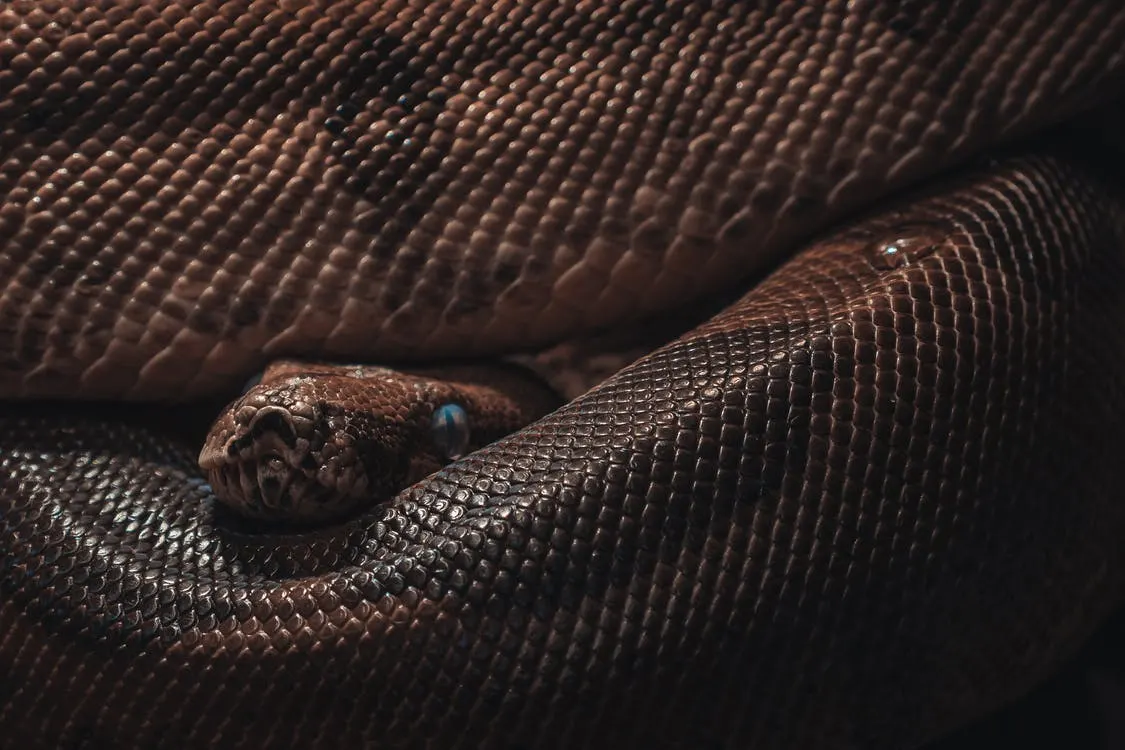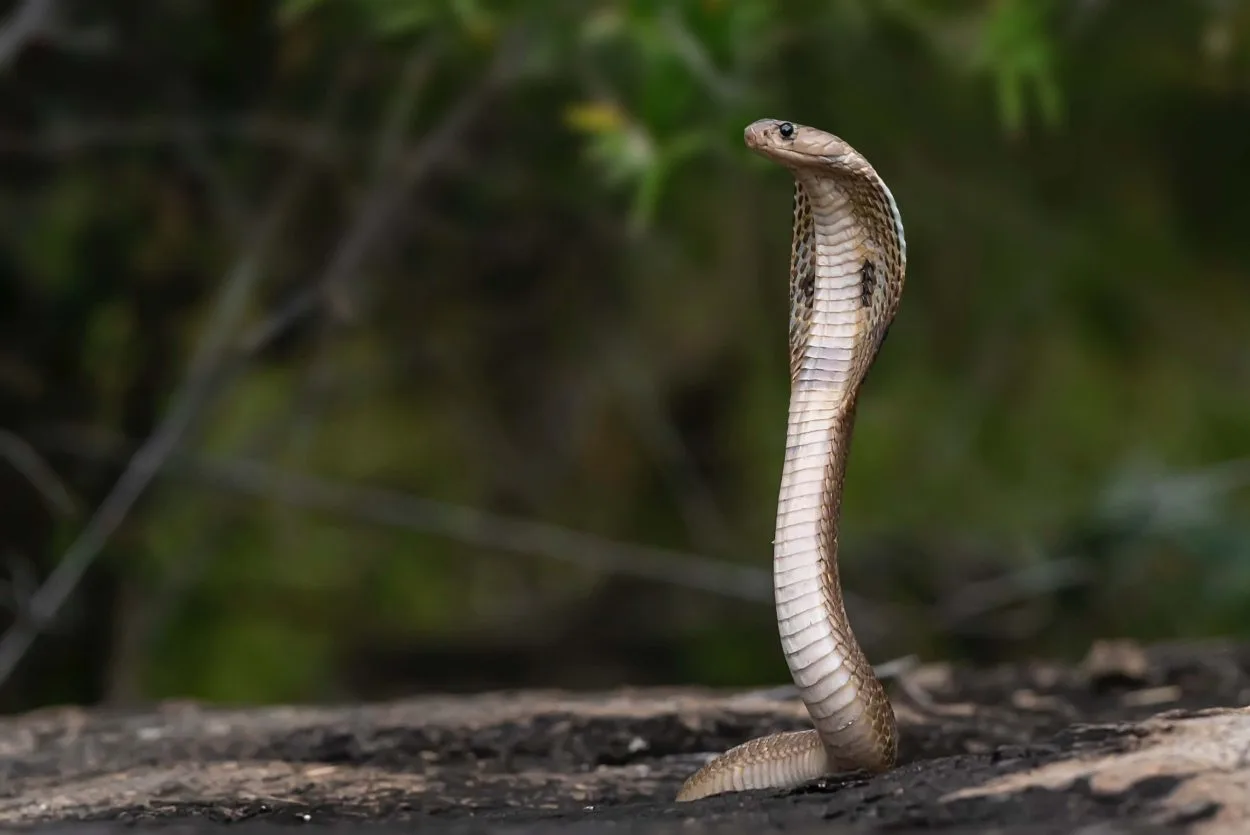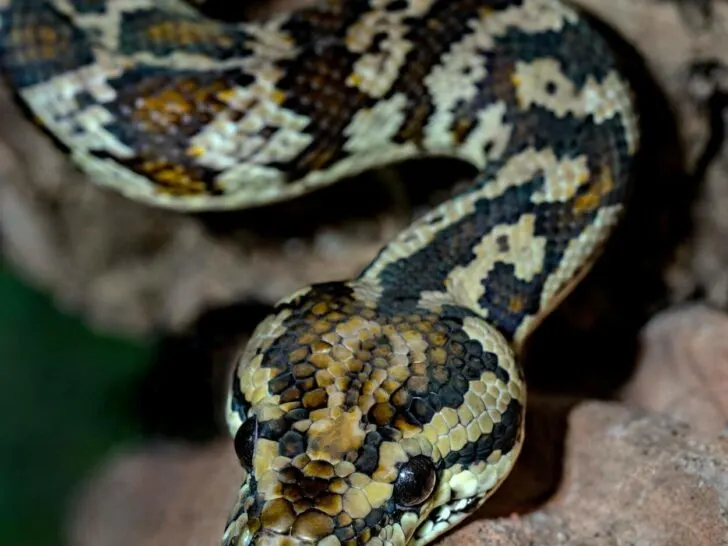We see animals daily whether it be our pet or any other animal randomly roaming in the streets. They belong to various species and have different shapes and masses.
We all have diverse feelings for animals which vary from animal to animal. For example, some people love cats and they feel joyful playing with them, on the other hand, some have an ailurophobia or fear of cats.
In the same way, many people fear dogs but many are fond of dags and they feel safe in the companionship of dogs
Talking demographically, the majority of people have a feeling of fear for snakes. The fear of snakes develops if one had a negative experience with them in the past mostly in childhood.
Many of you might have observed that the words serpent and snake are used interchangeably in writeups and candid or formal conversations.
And might ever assume that if they are interchangeably used they might be the same. Here your isn’t as correct, although both the words are used interchangeably they are not the same.
When used as a noun, the word serpent tends to be used for a large snake. And the word snake, as we all know is used for a limbless and legless vertebrate reptile with a long thin body,
You might still have a couple of questions about snake and serpent in your mind. Well! No worries, you just need to read till the end as I will go through all the questions below.
What is a Snake?

A snake is a carnivore, a limbless and legless reptile from border serpentes. They are vertebrates covered with overlapping scales. According to studies, snakes evolved from lizards.
The heart of a snake is encased in the pericardium which is a sac which is located at the bifurcation of the bronchi.
A snake’s heart is able to move around which protects the heart from potential damage when large prey is moved through the esophagus or we say food pipe. The tissue named ” thymus” is present above the heart that is responsible to produce immune cells in the blood.
The vestigial left lung of the snake is often small or is sometimes absent, as the tabular bodies require all their organs to be long and thin.
The skull of a snake contains more bones than the skull of a lizard which consequently allows the snake to swallow prey much larger than its head.
Surprisingly, snakes have no external ears but they have vestiges of internal ears that connect to other skull bones in such a way that it allows the transmission of a few aerial sound waves of low frequency.
There are 3,900 species of snakes and about twenty of their families have been currently recognized.
From the northward to the Arctic Circle in Scandinavia and southward through Australia, living snakes are found on every continent except Antarctica. Snakes are also not found on seas and at the height of 16,000 feet in the Himalayan mountain.
Below are some types of snakes, you must know:
- Python
- Anaconda
- Kingsnakes
- Vipers
- Garter snake
Do Snakes have control over their venom?
Before directly jumping into this question, it is foremost important for you to know that not all snakes are venomous.
There is a specific species of snake named ‘venomous snake’ and its type that can inject venom to protect or attack its opponent.
Coming back to the main point, venomous snakes can control their venom when they bite aggressively for food or defensively for protection.
Snakes have a limited amount of venom present at the time of release and they do not want to waste it on the non-prey organism.
This is the reason most venomous bites faced by humans are defensive.
This does not mean that venomous snakes are not aggressive. Venomous snakes such as Black Mamba and King Cobra have a reputation as dangerous foes.
To know more about snake venom and the reaction of venom in our blood, watch the video below:
What is a Serpent?
A serpent is often interchangeably used with the word ‘snake‘. Same as, snake the word serpent is also use for carnivore, a limbless and legless reptile belonging to border Serpentes but it’s large in size.
The word snake is more likely to be used for slight reptile, therefore the word serpent is used to indicate a large snake.
The serpent is the word that shows up in mythology and folk tales as a snake, lizard, or dragon-like creature. The serpent donates a large creature that threatens the humans.
The term serpent is comparatively more literary than the name of a particular kind of animal. The Bible repeatedly labels a snake as a serpent, maybe it might be a word common word used in the past.
The word serpent comes from the Old French sarpent, which comes from the Latin word serpentem. The word serpentem was derived from the past participle of serpere which means to creep.
Is Cobra a Snake or Serpent?
A cobra has described as a large highly venomous species of snake found in Southern Asia and Africa. A cobra is a large snake with an average length of 10 to 12 feet, therefore it is a serpent.
And as it is among the highly venomous species of snake, it can also be said a snake.
Coming to the conclusion, cobra is both snake and serpent.

Is a Dragon the same as a Serpent?
No, a dragon is not a serpent as they have various differences between them.

Dragon is mythology, folktales, and legends from various cultures. In Europe, dragons were depicted with wings, barbed tails, and breathing fire. However, the Greek word dragon from which the English word is derived was generally used for large serpent.
When used as a noun, means a gigantic reptilian beast with upon liked claws.
Bat liked huge leather wings, scaley skin, and serpent liked body, often depicted as a fierce monster. However, the serpent is used to indicate a large snake.
Satan: Why is he associated with Serpents and Snakes
Like the devil, Satan tempted Eve in the form of a snake or serpent, it’s one of the reasons why the satan is called snake or serpent.
Moreover, the snake and Satan both carefully observe their target before striking. Both Satan and snake lie in wait to attack their prey and attack suddenly without letting their prey understand the situation.
The Bible also reveals that Satan is the deadline strategist in seeking his aim, just like the serpent.
Snake vs. Serpent: How do both differ?
Although both snake and serpent are similar to a great extent. This does not mean that both are the same, both have a few differences between them which distinguishes them from each other. The table below represents the key difference between snakes and serpents for your better understanding.
| Snake | Serpent | |
| Definition | A carnivore, a limbless and legless reptile from border Serpentes | A large snake or lizard or dragon-like beast |
| Presence | Living snakes are present in every continent except Antarctica | Mythologies and Folk tales |
Why are Snakes referred to as Serpents?
The serpent, sometimes known as the snake, is one of the most ancient and widely used mythical emblems.
The name comes from the Latin serpens, which means crawling animal or snake. Snakes have long been involved with some of humanity’s oldest rituals, and they signify both good and evil.
Serpents and snakes are typically associated with fertility or a creative life force in religion, mythology, and literature, partially because they are representations of the male sex organ.
Because many snakes dwell in water or in holes in the ground, they have also been linked to water and soil. Snakes were associated with life-giving rain in ancient China. Snakes have long been associated with rainbows, which are commonly associated with rain and fertility in Australia, India, North America, and Africa.
Conclusion
Snake and Serpent are terminologies used interchangeably for a carnivore, a limbless and legless reptile from border Serpentes. Although both are used interchangeably both are not the same.
Serpents are mostly used for snakes that tend to be bigger than the average size snakes, whereas the word snake is used for all types regardless of their size.
When used as a noun, it means that all serpents are snakes. Whereas, not all snakes are serpents. Snakes having a certain size can be stated as a serpent.

